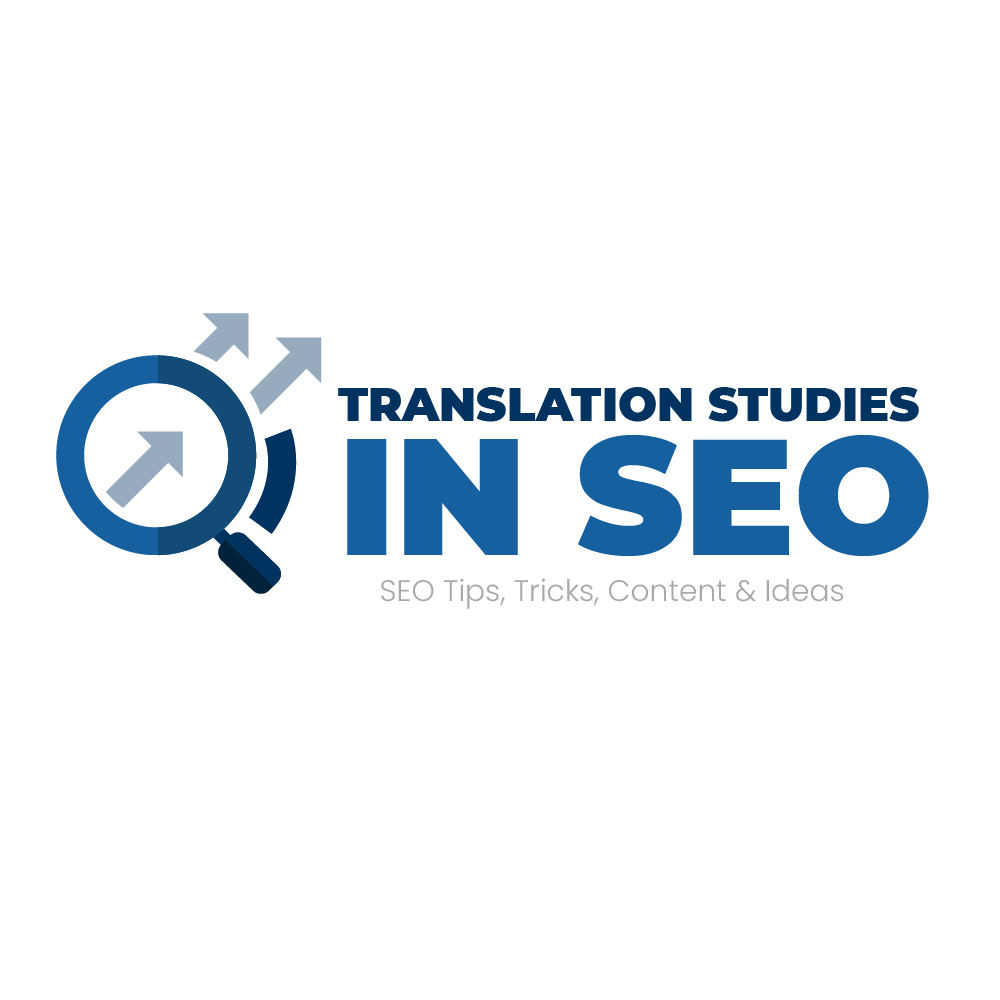
Search engines use algorithms to determine which websites are the most relevant to a searcher’s query. They also look at how relevant a website is based on the number of inbound links that lead to it. If a website has a large number of inbound links, it is assumed that it is more relevant and important.
The purpose of SEO is to improve a user’s experience by providing the most relevant information to them. As such, a good SEO strategy should focus on producing great content that is relevant to the searcher’s needs and interests. For instance, if you’re selling tennis shoes, you should optimize your page for both informational and product keywords.
There are more than 200 factors that Google uses to determine a site’s ranking. Some of these factors are more important than others, such as content quality and the page load speed. Meta tags and descriptions can also have an effect on the site’s performance, but they aren’t ranking factors. Backlinks and internal and external links also function differently, so it’s important to align your SEO strategy with Google’s Quality Guidelines.
Lastly, SEO is a continuous process, which requires consistency. Before starting, consider your overall goals and whether you’re interested in increasing sales or brand awareness. For example, an online store might want to improve traffic and increase profits while an offline store would like to boost its presence and drive foot traffic. This will help you make the best decision for your online marketing strategy.
Moreover, if you want to stand out in the search results, you need to optimize your site for the search engines that dominate your target market. For example, Google is the leading search engine worldwide and commands close to 75% of all search requests. In the UK, as of June 2008, Google had almost 90% market share.
Using sitemaps is a good way to make it easier for Google to crawl your site. You can easily create a sitemap using WordPress or an online XML sitemap generator. The goal is to make your site as easy to crawl as possible, as a difficult crawling process can adversely affect your ranking. Using images is not a ranking killer, but it is good practice to use images when optimizing a site.
Another important SEO strategy is to optimize your website for mobile devices. Google’s search algorithm is mobile-first, which means that it considers the mobile version of your website as the primary version. If your site is slow or unresponsive on mobile devices, you’re going to be penalized by Google. You can check your site for issues in the Search Console.
Besides driving traffic, SEO also protects your brand reputation. When someone searches for your business, they should find positive information, not negative. This makes it easier for your company to control your message on search engines and improve your image. As a result, SEO is a worthwhile investment. If your site is ranked on the first page of organic results, it will generate traffic for years to come.
